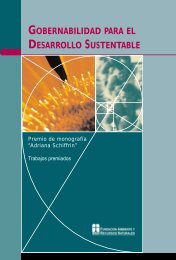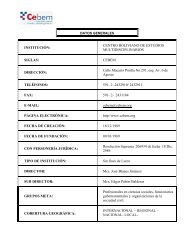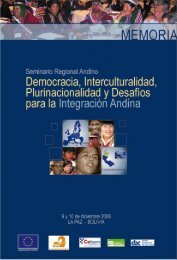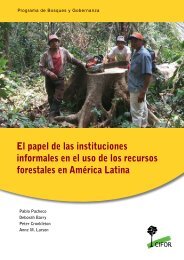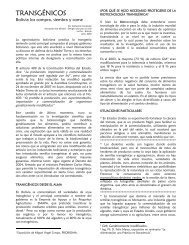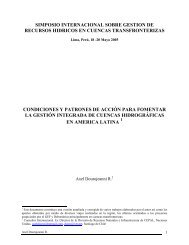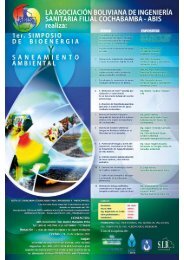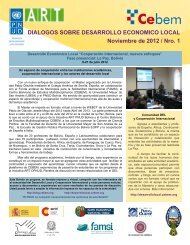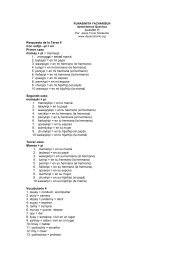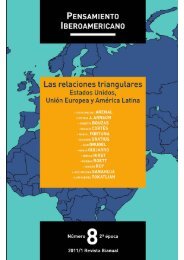You also want an ePaper? Increase the reach of your titles
YUMPU automatically turns print PDFs into web optimized ePapers that Google loves.
The profiles produced would prove useful at future regional and city level consultations as theyform part of important background materials from which issues and actors can be identified,with the result that consensus can be built and areas of priority marked. Each of the localauthorities commissioned case study teams to compile city/municipal profiles.The Kampala Case Study was coordinated by the City Planning department in close liaisonwith the Town Clerk’s office and a representative of Living Earth, an NGO addressing urbanenvironment concerns in that city.Similarly in Musoma, the Town Director’s office with the support of the Town Engineer and alocal NGO (UMABU) worked together to prepare the Musoma Case Study. The Town Director’sOffice coordinated an interdepartmental committee.In Kisumu, under the coordination of the Town Clerk’s office, the profiling of the city involved afour-step process:• Representatives of Western Kenya NGO network undertook a secondary data review frompublications provided by the Council, government departments, NGOs and previous researchstudies.• A citywide City Scan 7 involving a representative sample of 3,764 community members fromeach of the 17 wards was conducted. The Scan generated detailed information on challengesand priorities by gender, ward, social class and occupation. In addition, the city scan capturedthe citizen’s perceptions of the roles and impact of public, private, and local authorityorganizations. Based on a participatory analysis of the cross-tabulations, the city councilstaffs in conjunction with ITDG finalized the report of the City Scan.• Using the information provided above, the Town Clerk’s office synthesized and re-packagedthe document for discussion by a consultative group comprising councillors, NGOs andcouncil staff.• A two-day retreat was held away from the city to critique the draft and identify priorityissues for the CDS.The profiling exercise took a participatory approach involving the public, private and popularsector. The resultant profile documents were, therefore, those representing multi-sector viewsand were readily acceptable to other stakeholders.In itself, the very process of writing the case studies and city profiles was quite significant in buildingteamwork and a sense of shared responsibility and vision in each of the target cities. Secondly,each of the case studies provided insights on the character of the cities and the key indicators andconcerns specific to urban poverty, environment and investments. The timely completion of thereports served to provide the regional workshop with vital data on the challenges and aspirationsof each of the target cities/municipalities. Copies of the City Profiles were circulated within andbetween the Lake Region cities.2.2.2.2 Issue IdentificationThrough preliminary consultations with stakeholders and especially through city profiles and casestudies, the cities were able to identify areas of concern for their development and improved urbanenvironment. Before holding formal regional and city consultations, cities were already quite informedand able to pinpoint the various challenges to poverty alleviation affecting their specific cities.7The Kisumu City Scan was adapted from the <strong>UN</strong>-HABITAT’s Safer Cities Survey, a user-friendly data captureinstrument which categorizes issues, by gender, ward, social class, occupation, etc., within a short duration.18Cities Development Strategies for Improved Urban Environment and Poverty Reduction in the Lake <strong>Victoria</strong> Region



